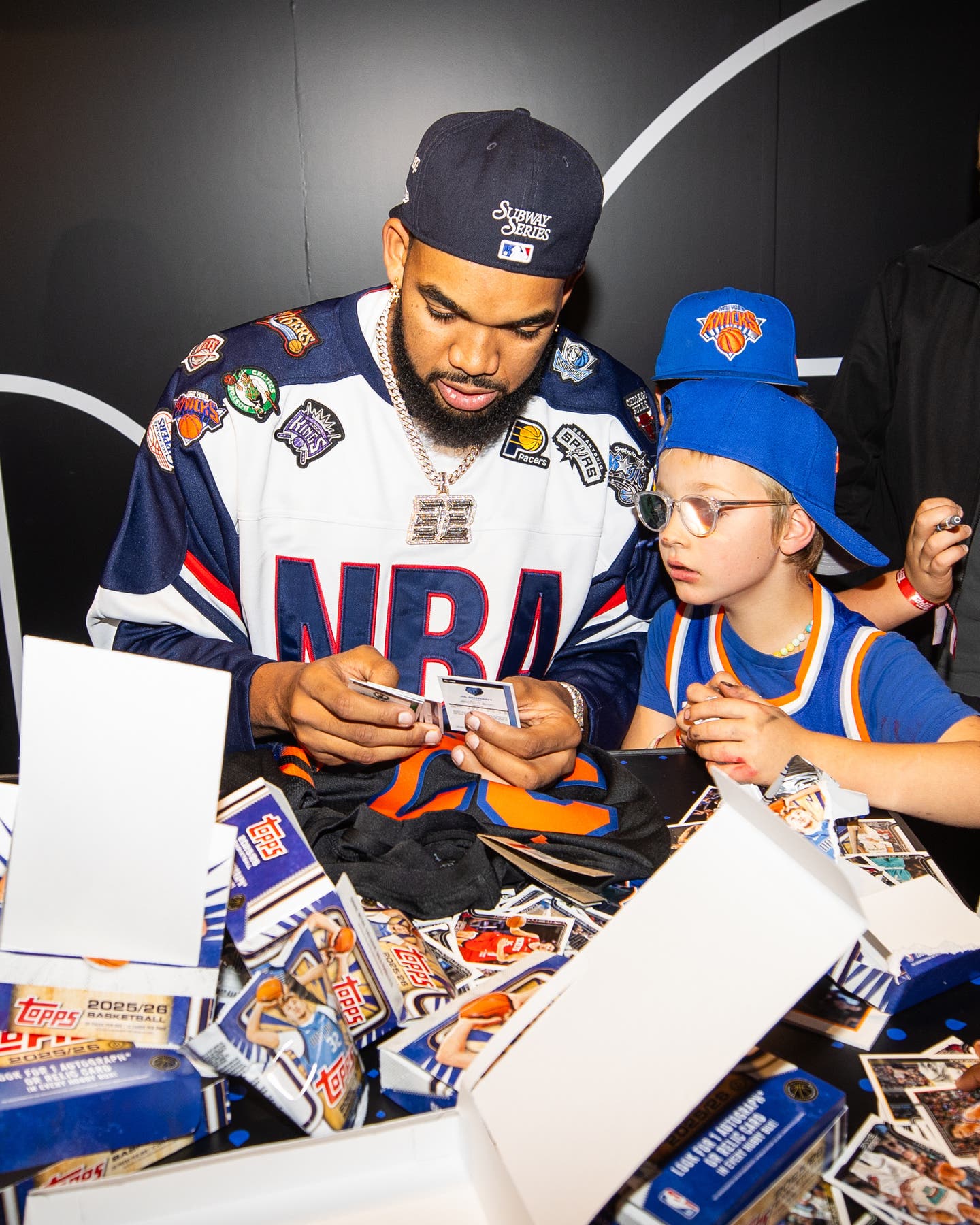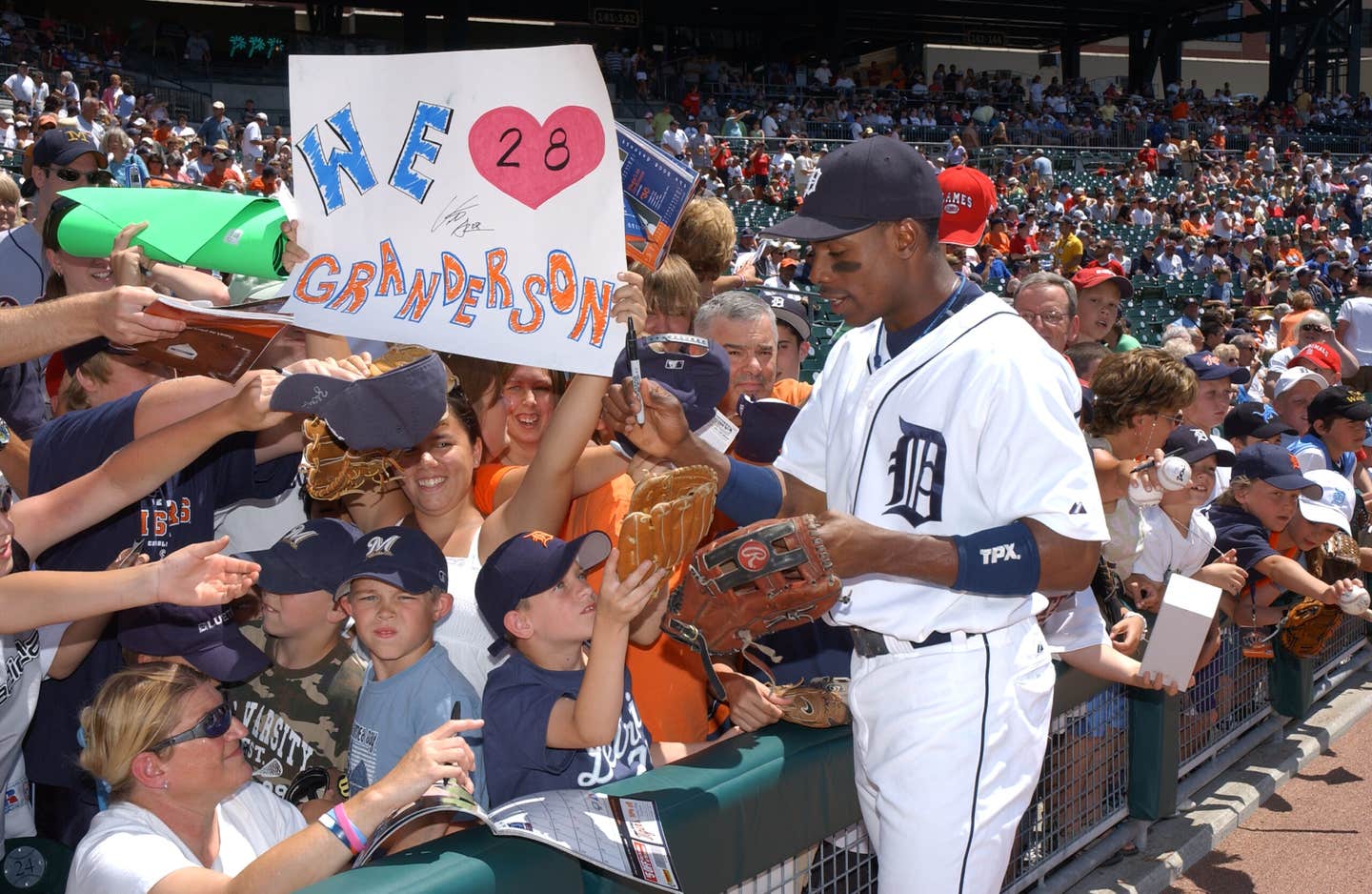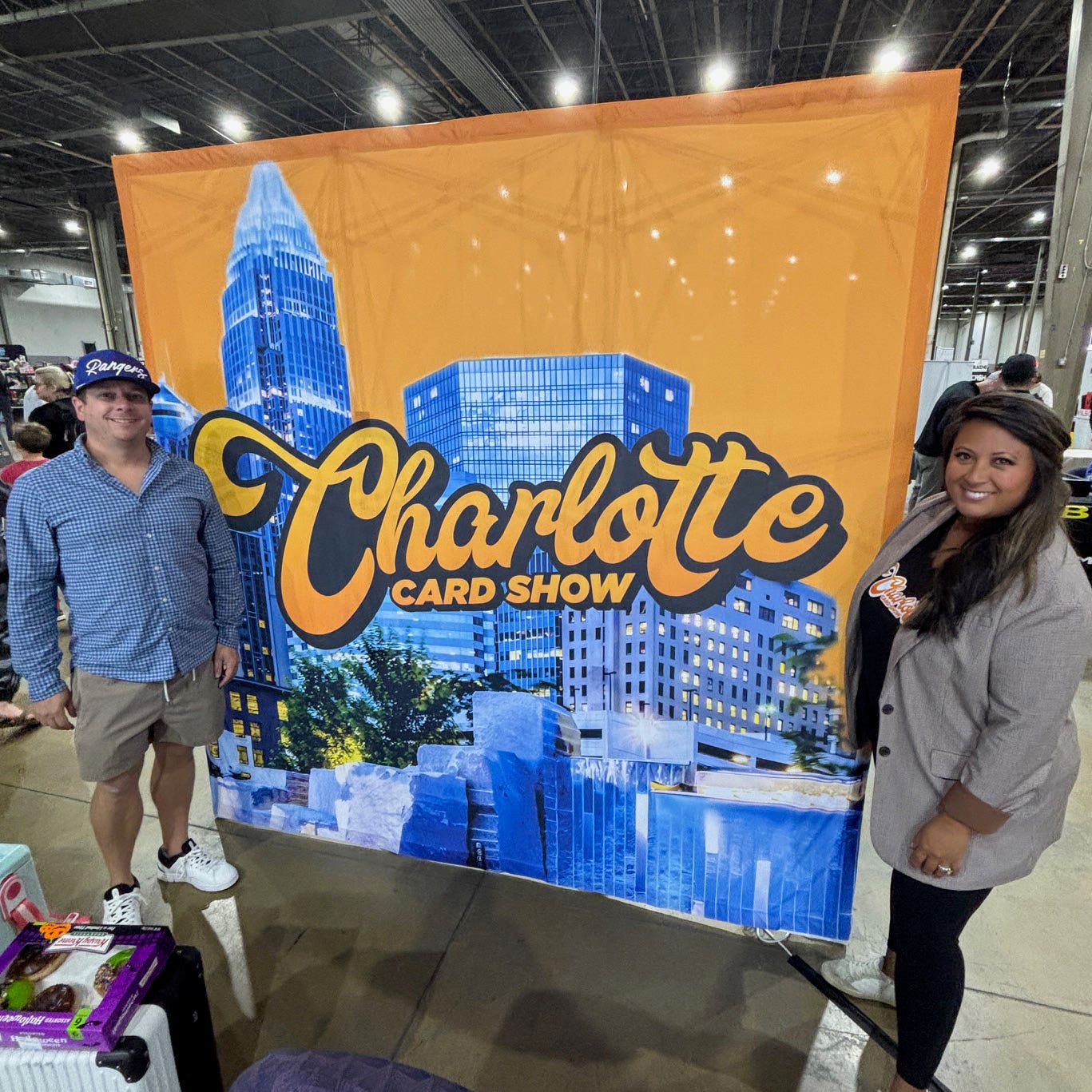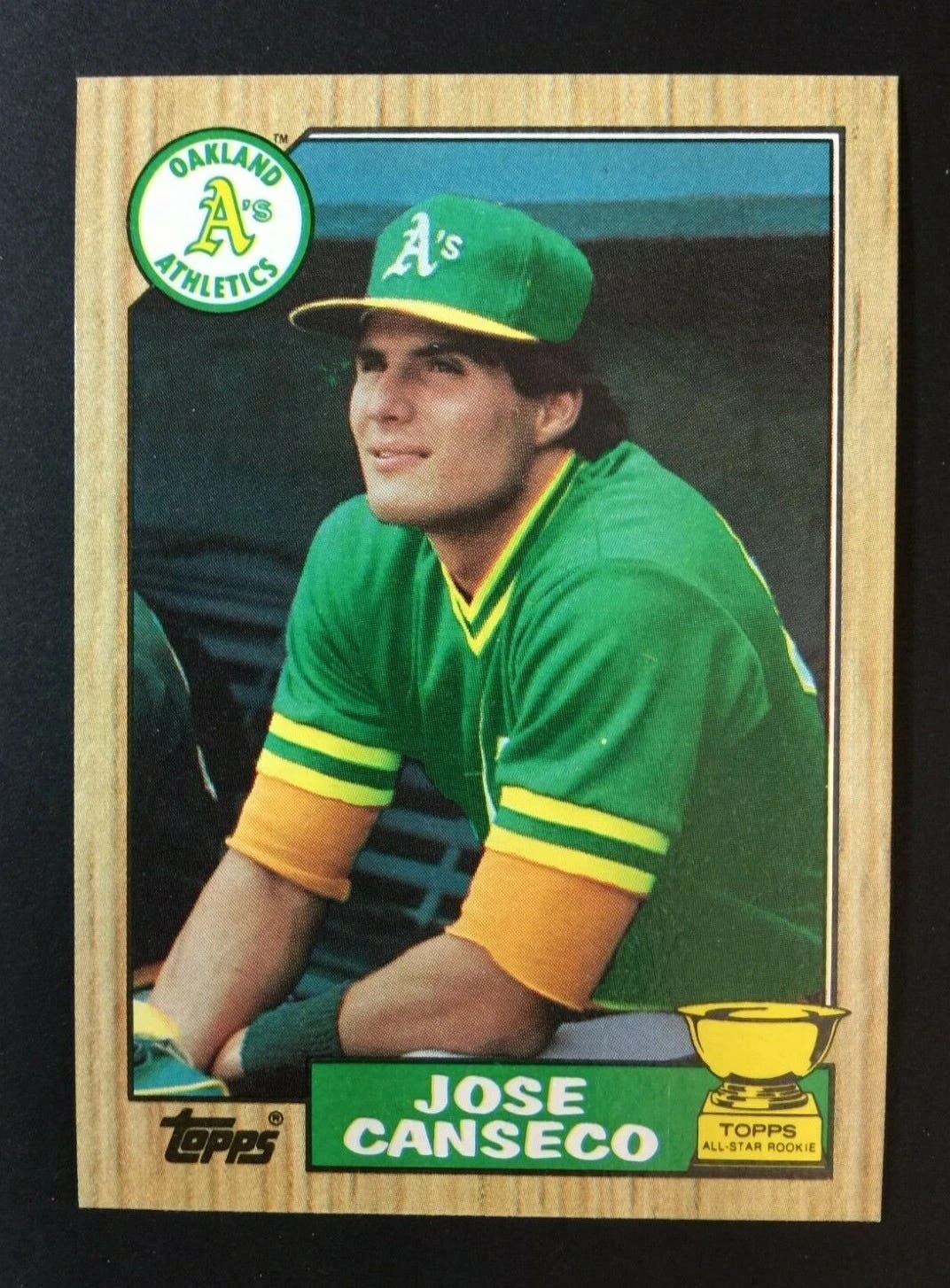Collector Stories
To Sell or Not to Sell?
Why does a person sell a $100,000 sports card collection, a collection he has been accumulating for the past decade?
This was the question I asked myself after Randy Roberts, who lives in the same California city as I do, called me up to see if I wanted to take a look at his memorabilia collection. Roberts had read my book, Operation Bullpen: The Inside Story of the Biggest Forgery Scam in American History, and knowing my interest in collectibles, he thought I might enjoy seeing his stuff before he sold it.
I said sure, and brought my two young sons over to Roberts’ apartment because I knew they’d enjoy looking at the collection, too. And they did, because the walls of his kitchen and living room are covered – not with boring nature photography prints or still-life paintings of oranges and apples – but baseball cards. Sheets and sheets of them.
“I’m mostly a collector of unopened card packs and uncut sheets,” Roberts explained, and the proof was all around us.
It was interior decorating as if by Topps, with mainly Topps-manufactured cards on the walls: a 1962 uncut sheet featuring Hall of Famers Sandy Koufax and Eddie Mathews; a 1966 uncut sheet with two rookie cards of Hall of Fame pitcher Jim Palmer; a 1983 uncut sheet with more Hall of Famers, such as Wade Boggs, Tony Gwynn and Ryne Sandberg; and more.
Baseball cards come off the printing press in sheets before they are cut individually and inserted into packs. An uncut sheet that includes the cards of Hall of Famers, particularly when they were rookies, is a prize catch for collectors. Roberts has perhaps 25 such sheets, along with a number of vintage baseball card packs that are still in their original packaging – “unopened rack packs,” as he calls them – as if they rolled out of the factory only yesterday.
These unopened rack packs, featuring on the front Hall of Fame luminaries such as Nolan Ryan, Robin Yount and George Brett as rookies, are on display on Roberts’ kitchen table not far from an unopened six-pack of Ted Williams-endorsed Moxie sarsaparilla drinks, circa 1946, and a Mickey Mantle pencil set that sold in the early 1960s for a quarter.
“I love this stuff,” said Roberts, referring as well to his unique wiffle ball collection from the 1950s and ’60s. He has wiffle ball sets featuring the likes of Mantle and Babe Ruth that, a half-century or so after they were made, have now found a happy home in Roberts’ apartment and in the formidable-looking 5-foot-high Canon safe where he keeps his most valuable pieces.
The decision
But if Roberts loves this stuff, as he clearly does, why is he selling it?
“Well,” he said when I posed the question, “collecting got me through a tough time. But I’m just thinking it might be time to move on.”
The tough time he is referring to was the breakup of his marriage to his wife of 25 years and the mother of their three children. After the split, he moved out of the family home into an apartment by himself. Amidst this personal and emotional upheaval, he needed something to do, something to take his mind off things, something that gave him happiness.
That something was collecting.
“I had to do something to keep from going crazy,” he admitted.
Roberts actually started buying cards a couple of years before his divorce finalized in 2000. As the superintendent of a California construction company (he has since retired), Roberts frequently traveled for business. In his off hours, bored with hanging out in his motel room, he went to card shops in the cities where he was staying.
“I’d say, ‘Here’s a card shop,’ and I’d go check it out,” he recalled. “It was fun stuff.”
It soon evolved into more than just fun stuff, because Roberts started sinking considerable sums of money into a collection, buying at shops and card shows but mainly on eBay and Internet auctions. He figures he has spent $30,000-$40,000 on his collection, which isn’t a bad investment considering that he thinks it’s probably worth about $100,000 now.
“I’d like to think it’s worth that much,” he said. “But it’s hard for me to say. I don’t know how many people collect wiffle, for instance.”
Roberts cannot be sure what his collection is worth because as he knows – for that matter as every collector and any person who tries to sell anything knows – the value of a thing is based not on what the seller thinks it’s worth, but on what people are willing to pay for it. To give him guidance in this regard he turned to Andy Madec of Andy Madec Sportscards, a southern California dealer whom Roberts has known for many years.
The value
A few days after my sons and I finished our hour-long tour of Roberts’s collection – “It was like going to a museum in someone’s house,” said one of my sons – Madec also paid a visit to Roberts’ apartment, with the idea of potentially acting as the sales agent for the collection.
“Randy has some great stuff, some really nice vintage stuff,” Madec told me after he had taken the tour. His informal assessment of the dollar value of the collection, “$50,000-$100,000,” is similar, though somewhat more conservative than Roberts’ more hopeful estimate. Madec agreed that it is impossible to predict the value of collectibles until they actually hit the marketplace.
“You don’t know the value because some of these things are one of a kind,” Madec said. “He has an unopened 1957 cello pack with Ted Williams on the front. That’s a great piece, very unique. But it could go for $2,000 or $5,000. That’s the great thing about auctions. You put a piece up for auction so people can compete with each other to buy it.”
Another of those one-of-a-kind pieces, the Mantle pencil set, cost Roberts $1,400, and Roberts is reasonably confident there is enough interest in Mantle memorabilia that it would draw a higher bid than that. But there are other factors that affect sales, such as the poor economy. I asked Madec if this was a good time or a bad time for collectors to sell their memorabilia.
“That’s a pretty broad question,” he said. “It depends on your situation.” From the summer of 2000 when, according to Madec, the card market was at its peak – coincidentally the same year as Roberts’ divorce – the market has fallen. Still, “it could be a good time for him,” said Madec. “Randy has pretty much done what he’s wanted to do with his collecting. So now he wants to get some of the money back out of it and perhaps narrow down his collection.”
On the day I saw him, Roberts mentioned that he had just written a check to help pay for his son’s law school education. Money is, of course, a lead factor in every collector’s thinking on whether to sell or not. But money doesn’t explain all of it.
When Madec left Roberts’s place, they agreed tentatively that Madec would represent him, listing items from “The Randy Roberts Collection” – as it would be dubbed – in an upcoming catalog, as well as featuring them in the auctions Madec holds on his company’s website. But after a day or two of reflection, Roberts called Madec to tell him that he needed to put everything on hold.
“It doesn’t have anything to do with Andy,” Roberts said. “Andy’s great.” When, or if, Roberts does decide to sell his uncut Topps sheets or his wiffle ball sets or his Mantle pencil set or his Babe Ruth-brand “Bambino pinto beans” gunny sack, he will likely use Madec in the capacity they discussed. But this just wasn’t the right time after all.
“I’ve got a lot of stuff going on in my life, a lot of stuff hanging out there,” he said, explaining that he was considering moving out of his apartment and that it would be hard to manage a move at the same time he was working with Madec to sell his collection. Beyond this, he confessed, “I’m a little sentimental, I guess.”
Like nearly all the collectors I’ve ever spoken to, Roberts did not get into the hobby for money alone.
“I really believe that baseball history is American history,” he said, adding that by collecting baseball cards he is collecting pieces of American history. But also like other collectors, Roberts collects not just for reasons of baseball history, but for reasons of personal history as well. Letting go of these pieces is like letting go of a piece of his past.
“It isn’t just business for me,” he said. “I love collecting, and I love sharing it with other people.”
And at least for a while longer, until circumstances change and he feels better about parting company with his treasured things, he going to keep sharing them with other people in his private little museum.
Kevin Nelson is the author of Operation Bullpen: The Inside Story of the Biggest Forgery Scam in American History. His blog appears at www.operationbullpen.com.








